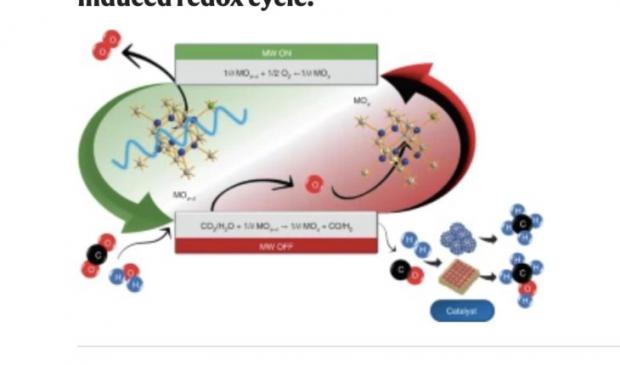
Breaking News
 Prominent Ukrainian Politician Assassinated In Broad Daylight On Streets Of Lviv
Prominent Ukrainian Politician Assassinated In Broad Daylight On Streets Of Lviv
 "We're Losing Our Community": Short-Term Rentals Are Ruining Three Rivers, Residents S
"We're Losing Our Community": Short-Term Rentals Are Ruining Three Rivers, Residents S
 Former CDC Vaccine Chief Demetre Daskalakis Who Resigns as Director of Immunization...
Former CDC Vaccine Chief Demetre Daskalakis Who Resigns as Director of Immunization...
 Blue Light's Shadow: A Weapon of Social and Technological Control | Elijah Schaffer
Blue Light's Shadow: A Weapon of Social and Technological Control | Elijah Schaffer
Top Tech News
 NVIDIA just announced the T5000 robot brain microprocessor that can power TERMINATORS
NVIDIA just announced the T5000 robot brain microprocessor that can power TERMINATORS
 Two-story family home was 3D-printed in just 18 hours
Two-story family home was 3D-printed in just 18 hours
 This Hypersonic Space Plane Will Fly From London to N.Y.C. in an Hour
This Hypersonic Space Plane Will Fly From London to N.Y.C. in an Hour
 Magnetic Fields Reshape the Movement of Sound Waves in a Stunning Discovery
Magnetic Fields Reshape the Movement of Sound Waves in a Stunning Discovery
 There are studies that have shown that there is a peptide that can completely regenerate nerves
There are studies that have shown that there is a peptide that can completely regenerate nerves
 Swedish startup unveils Starlink alternative - that Musk can't switch off
Swedish startup unveils Starlink alternative - that Musk can't switch off
 Video Games At 30,000 Feet? Starlink's Airline Rollout Is Making It Reality
Video Games At 30,000 Feet? Starlink's Airline Rollout Is Making It Reality
 Automating Pregnancy through Robot Surrogates
Automating Pregnancy through Robot Surrogates
 Grok 4 Vending Machine Win, Stealth Grok 4 coding Leading to Possible AGI with Grok 5
Grok 4 Vending Machine Win, Stealth Grok 4 coding Leading to Possible AGI with Grok 5
Microwave Water Splitting for Breakthroughs for Making Hydrogen, Oxygen and Fast Battery

Researchers from the Polytechnic University of Valencia and the Spanish National Research Council (CSIC) report contactless H2 production via water electrolysis mediated by the microwave-triggered redox activation of solid-state ionic materials at low temperatures (less than 250 °C).
This will simplify and significantly cheapen the process for hydrogen production.
Water was reduced via reaction with non-equilibrium gadolinium-doped CeO2 that was previously in situ electrochemically deoxygenated by the sole application of microwaves. The microwave-driven reduction was identified by an instantaneous electrical conductivity rise and O2 release. This process was cyclable, whereas H2 yield and energy efficiency were material- and power-dependent. Deoxygenation of low-energy molecules (H2O or CO2) led to the formation of energy carriers and enabled CH4 production when integrated with a Sabatier reactor. This method could be extended to other reactions such as intensified hydrocarbons synthesis or oxidation.

 HERE COMES THE MOTHERSHIP
HERE COMES THE MOTHERSHIP

